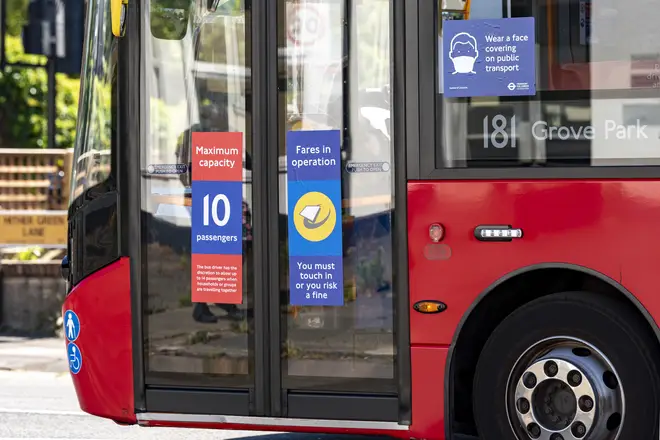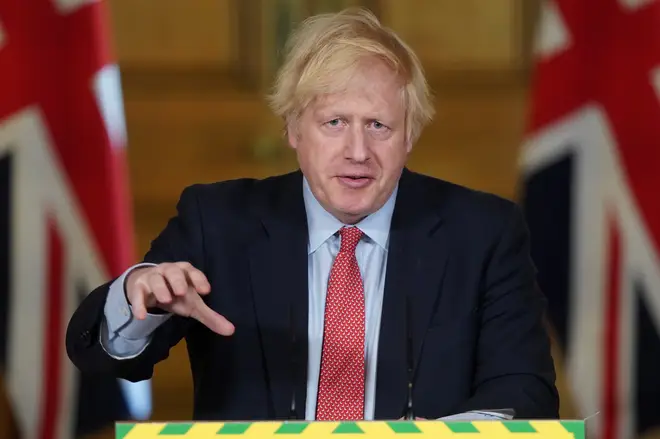
Shelagh Fogarty 1pm - 4pm
2 June 2020, 16:15

The government has kept the two-metre social distancing rule in place, after studies suggested that distance reduces the risk of spreading coronavirus.
Several MPs including former environment secretary Theresa Villiers had called for the distance to be reduced in line with some other countries' rules to save jobs and help the hospitality sector reopen.
Places such as theatres, pubs and entertainment venues could be hit hard by the current two-metre rule, which would severely restrict the number of patrons allowed inside and the staff needed.
On May 27, Prime Minister Boris Johnson said he had asked members of the scientific advisory group for emergencies (Sage) to review the guidance.
However, on Tuesday Number 10 said the Government believes the two-metre rule should remain in place.
The Prime Minister's spokesman said: "We continue to keep all of these matters under review but the current guidance is that the two-metre rule should remain in place."

It comes after a new study suggested physical distancing of at least one metre lowers the risk of coronavirus transmission, but distances of two metres could be more effective.
Researchers found that keeping a distance of more than one metre from other people was associated with a much lower risk of infection compared with less than one metre.
The risk of infection when people stand more than a metre away from the infected individual was found to be 3%, and 13% if within a metre.
However, according to the analysis published in The Lancet, modelling suggests for every extra metre further away up to three metres, the risk of infection or transmission may halve.
Following the research, the Chartered Institute of Environmental Health (CIEH) stressed the "vital" importance of the two-metre distance as more businesses prepare to open.

The professional body, which represents those who work in environmental health roles such as in the food, housing and transport industries, urged the Government to maintain the two-metre guidance especially as "riskier" businesses including pubs prepare to open.
CIEH Wales director Kate Thompson said: "The World Health Organisation advice for distances of at least one metre to be maintained, to prevent the spread of coronavirus, has led to strong pressure from certain industries to reduce social distancing between individuals from the current two metres.
"However, this advice was only ever an absolute minimum, rather than a safe distance, and new evidence published today supports this longer distance.
"Protecting public health and avoiding the possibility of a second peak of infections should be key. It is, therefore, vital that the two-metre rule is not reduced due to pressure from industry."
Listen & subscribe: Global Player | Apple Podcasts | Google Podcasts | Spotify
In The Lancet study, researchers looked at data from nine studies across Sars, Mers and Covid-19, including 7,782 participants.
According to the researchers, keeping at least one metre from other people as well as wearing face coverings and eye protection, in and outside of healthcare settings, could be the best way to reduce the chance of viral infection or transmission of Covid-19.
The study, conducted to inform WHO guidance documents, looked at the available evidence from the scientific literature and is the first time researchers have systematically examined the optimum use of these protective measures in both community and healthcare settings for Covid-19.